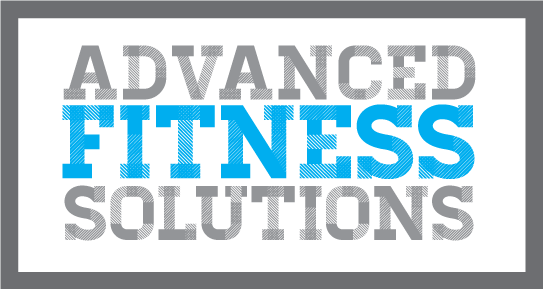{My Apologies. This page is still under construction. Thank you for your patients and please check back.}
Endurance can be separated into two categories, cardiovascular endurance and muscular endurance. Cardiovascular endurance determines how well your heart and lungs can rid your body of carbon dioxide which builds up during exertion and bring in oxygen for your body to maintain a workload such as a particular running or cycling pace.
Muscular endurance, while somewhat dependent on your heart and lungs as well, is a muscle or group of muscles ability to buffer the effects of a workload or stress placed directly on them.
These endurance assessments will allow you to gauge both cardiovascular and muscular endurance.
The 12 Minute Run
This one's all about your heart and lungs
Push Up Assessment
Equipment: A 1’ 6” diameter half foam roll or any item that is 3” in height
Procedure: Assume a standard push-up position with hands shoulder width apart, elbows straight and shoulders directly above the wrists with your body in a straight line. The half foam roll should be placed just below the shoulder position. This should allow the upper chest area to touch the foam roll when the arms reach parallel with the ground. Each repetition is counted only when the upper chest touches the half foam roll.
Modifications: This assessment can be performed with your knees touching the ground rather than your feet. However you choose to perform this assessment, be sure you do it the exact same way when you re-assess yourself so that you can accurately judge your progress.
Grading the Push-Up Assessment: There are 2 standardized grading scales, the U.S. Army Personnel scale and the American College of Sports Medicine (ACSM) scale. Each scale provides national standards based on gender and age bracket. This allows you to compare your results with other individuals in your bracket. For the U.S. Army grading, men and women must be in the standard knees up, push-up position. For the ACSM grading, women may be in the knees down push-up position.
The U.S. Army Personnel is a 2 minute timed assessment. The ACSM assessment is untimed and is stopped when you cannot touch your upper chest to the half foam roll. The only resting position is the “up” position and you must maintain a straight body position throughout the assessment.
Charts for each protocol can be seen by clicking here.
[pictures or video]
Squat Curl Press (SCP) Assessment
Equipment: A pair of dumbbells equal to approximately 20% of your body weight. An example would be a person at 160lbs (20% = 32lbs) would grab two 15lbs dumbbells.
Procedure: Stand with your feet hip width apart, arms at your side and palms facing each other. Squat low enough to allow the dumbbells to reach knee height keeping your head and chest up. In one smooth motion stand, curl, and press the dumbbells overhead keeping your palms facing each other throughout the motion. Bring the dumbbells back down to knee level following the same motion. Each repetition is counted only when the dumbbells reach knee height. Perform as many repetitions as possible in 1 minute.
Grading the SCP: The goal of the SCP assessment is to gauge full body muscular endurance. This is not a nationally recognized assessment in which data has been collected for you to compare your results. This assessment is something I’ve been using with my clients for the past 10 years.
I really like the functionality of the SCP in that it requires the legs, core, back and shoulders to work synergistically creating a physical demand on the whole body. And if improving whole body muscular endurance is your goal, this assessment will be a good gauge to your improvement.
[pictures or video]
Abdominal Plank Assessment
Procedure: Assume a standard abdominal plank position with forearm’s on the ground, shoulders directly above the elbows and body in a straight line with feet together. Hold this position without shifting as long as possible. This is another assessment I’ve been doing with my clients for the past 10 years. The abdominal plank is great indicator of core muscular endurance and has a much more useful crossover in our workout programs and daily life than do the abdominal curl-up or abdominal crunch assessments you might have seen or even done in the past.
Grading the Abdominal Plank Assessment: This is not a nationally recognized assessment in which data has been collected for you to compare your results. For this assessment 5:00 minutes is the maximum time duration.
[pictures or video]
